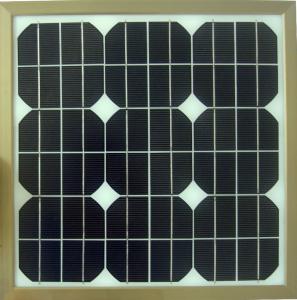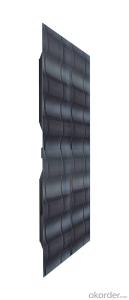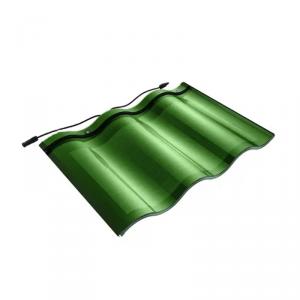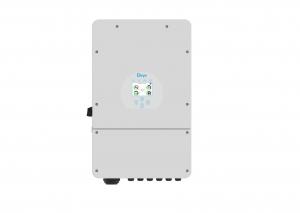Loading Port:China main port
Payment Terms:TT or LC
Min Order Qty:100000 watt
Supply Capability:10000000 watt/month
1. Structure of Solar Cell for Solar Panel Monocrystalline and Polycrystalline 156
A solar cell, or photovoltaic cell, is an electrical device that converts the energy of light directly into electricity by the photovoltaic effect, which
is a physical and chemical phenomenon.
It is a form of photoelectric cell, defined as a device whose electrical characteristics, such as current, voltage, or resistance, vary when exposed to light.
Solar cells are the building blocks of photovoltaic modules, otherwise known as solar panels.
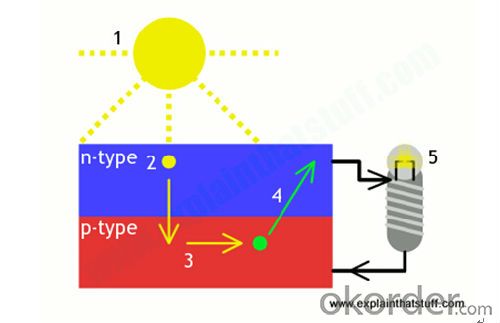
2. Main Features of the Solar Cell for Solar Panel Monocrystalline and Polycrystalline 156
• 16.8%~18.25% high efficiency
• 100% checked quality
• SO9001/ISO14001/TUV/UL
• fast lead time
3. Solar Cell for Solar Panel Monocrystalline and Polycrystalline 156 Images
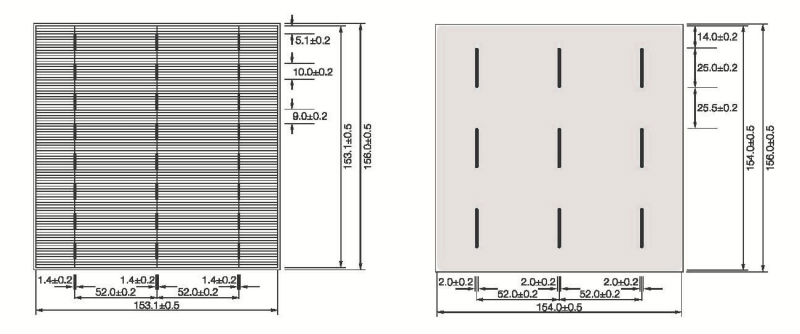
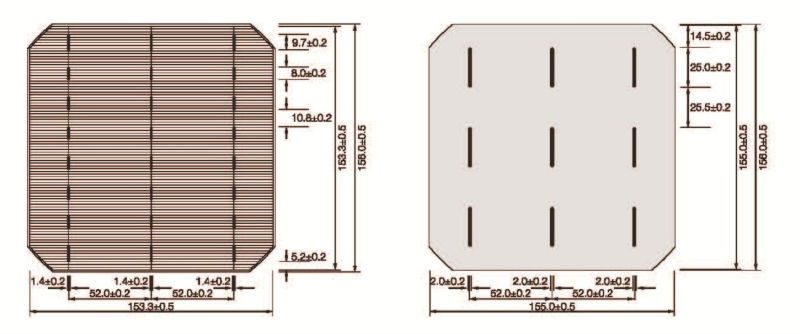
4. Solar Cell for Solar Panel Monocrystalline and Polycrystalline 156 Specification
poly 156 cell Electrical Characteristics( solar cell for solar panel ) | ||||||||||||
Efficiency(%) | 18 | 17.8 | 17.6 | 17.4 | 17.2 | 16.8 | 16.6 | 16.4 | 16.2 | 16 | 15.8 | 15.6 |
Pmpp(W) | 4.33 | 4.29 | 4.24 | 4.19 | 4.14 | 4.09 | 4.04 | 3.99 | 3.94 | 3.9 | 3.86 | 3.82 |
Umpp(V) | 0.53 | 0.527 | 0.524 | 0.521 | 0.518 | 0.516 | 0.514 | 0.511 | 0.509 | 0.506 | 0.503 | 0.501 |
Impp(A) | 8.159 | 8.126 | 8.081 | 8.035 | 7.99 | 7.938 | 7.876 | 7.813 | 7.754 | 7.698 | 7.642 | 7.586 |
Uoc(V) | 0.633 | 0.631 | 0.628 | 0.625 | 0.623 | 0.62 | 0.618 | 0.617 | 0.615 | 0.613 | 0.611 | 0.609 |
Isc(A) | 8.709 | 8.677 | 8.629 | 8.578 | 8.531 | 8.478 | 8.419 | 8.356 | 8.289 | 8.22 | 8.151 | 8.083 |
mono 156 Electrical Characteristics( solar cell for solar panel ) | ||||||||||||
Efficiency(%) | 20 | 19.2 | 19 | 18.8 | 18.6 | 18.4 | 18.2 | 18 | 17.8 | 17.6 | 17.4 | 17.2 |
Pmpp(W) | 4.59 | 4.54 | 4.49 | 4.45 | 4.4 | 4.35 | 4.3 | 4.26 | 4.21 | 4.16 | 4.11 | 4.08 |
Umpp(V) | 0.541 | 0.54 | 0.538 | 0.535 | 0.533 | 0.53 | 0.527 | 0.523 | 0.519 | 0.518 | 0.516 | 0.514 |
Impp(A) | 8.484 | 8.407 | 8.346 | 8.318 | 8.255 | 8.208 | 8.159 | 8.145 | 8.112 | 8.031 | 7.95 | 7.869 |
Uoc(V) | 0.64 | 0.639 | 0.638 | 0.637 | 0.636 | 0.634 | 0.632 | 0.631 | 0.63 | 0.629 | 0.628 | 0.627 |
Isc(A) | 8.972 | 8.959 | 8.936 | 8.912 | 8.875 | 8.83 | 8.805 | 8.787 | 8.775 | 8.695 | 8.615 | 8.535 |
5. FAQ of Solar Cell for Solar Panel Monocrystalline and Polycrystalline 156
Q1. How long can we receive the product after purchase?
A1.In the purchase of product within three working days, We will arrange the factory delivery as soon as possible. The pecific time of
receiving is related to the state and position of customers
Q2. Can we visit your factory?
A2:Surely, I will arrange the trip basing on your business schedule.
Most Common Uses of Solar Cells
Perhaps the most popular use of solar energy is one that doesn't involve technology at all: drying wet things. People around the world depend upon the sun to dry everything from laundry to crops. It's an effective way to achieve a goal without relying upon electricity.
It may seem unusual, but solar power has become a popular way to provide power to lighting systems that activate after the sun goes down. From street lights to garden lamps, solar power provides the energy needed to illuminate the darkness late into the night. These lights contain batteries that charge during the day as sunlight hits the solar cells. At night, a photoresistor detects the absence of light and a circuit board triggers the batteries to discharge and provide power to LED lights, which are efficient and bright.
Solar cells are very useful in powering space vehicles such as satellites and telescopes (e.g. Hubble). They provide a very economical and reliable way of powering objects which would otherwise need expensive and cumbersome fuel sources.
The above design for a solar cell array in space features many inflatable, fresnel reflectors which focus the Sun's light on small arrays of high efficiency cells.
The international space station is also another good example of solar cells being used in space. When it is finished, the station will have the most powerful solar array in space. Four sets of gold coloured wings (each one being 72 metres long and larger than the space station itself) will contain 250,000 solar cells and the whole array will be able to power a small neighbourhood. Some of the energy will be used immediately, such as in life support machines while some will be stored in batteries for when the station is not in use.
Solar cells are also being used to power the rovers which will be examining the surface of Mars in early 2004.


